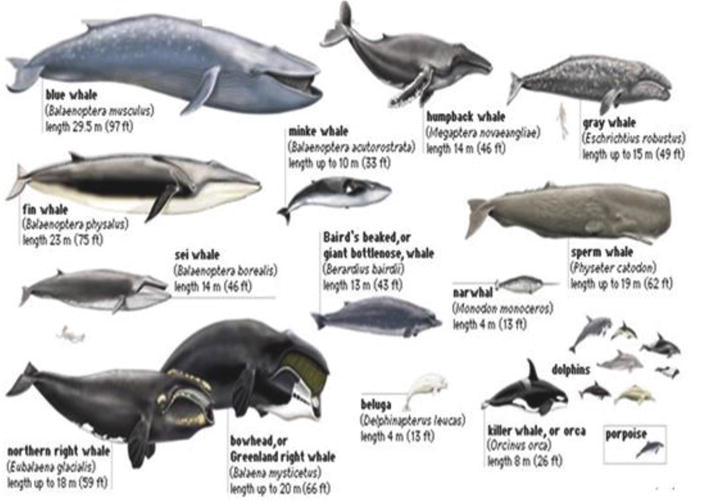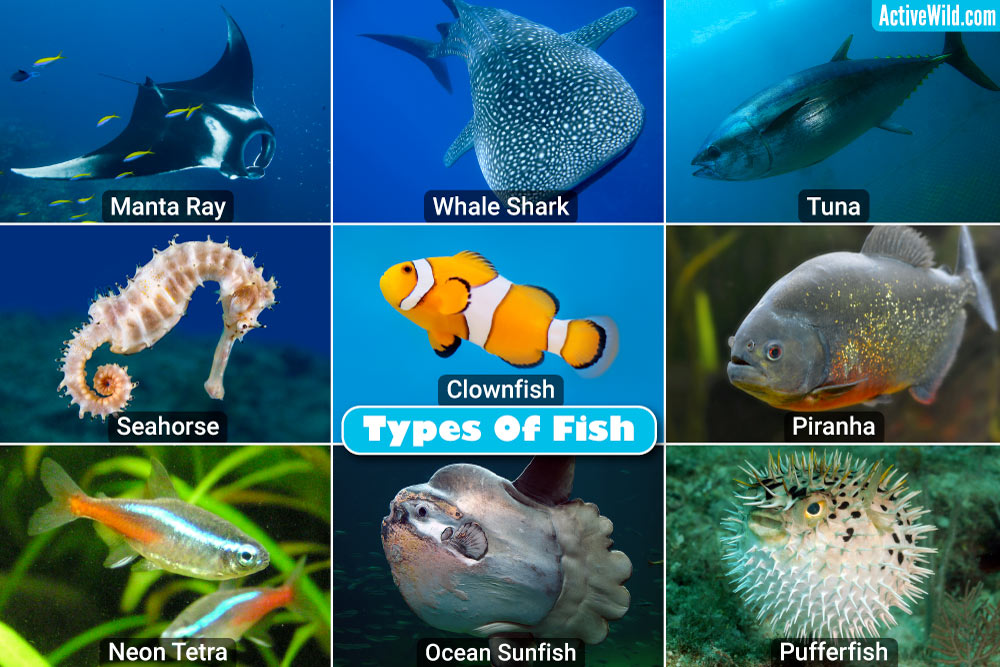The Mighty Thick-Billed Murres: Revealing the Secrets of Their Remarkable Adaptations
The Mighty Thick-Billed Murres: Revealing the Secrets of Their Remarkable Adaptations
Nature has bestowed us with countless fascinating species, and among them are the mighty thick-billed murres. These seabirds, found in the Northern Hemisphere, possess remarkable adaptations that allow them to thrive in harsh environments. From their unique nesting strategies to their incredible diving abilities, these birds have captivated the curiosity of scientists and nature enthusiasts alike. In this article, we will delve into the secrets of the thick-billed murres and uncover the marvels of their evolutionary journey.
The Mighty Thick-Billed Murres: A Unique Species
Thick-billed murres, scientifically known as Uria lomvia, are a species of seabirds that inhabit the Arctic and sub-Arctic regions. They are known for their robust bills, which help them catch and hold onto slippery prey underwater. These birds are medium-sized, measuring around 17-20 inches in length, and they have a distinct black and white plumage that allows them to blend in with their surroundings. Thick-billed murres are truly a unique species, perfectly adapted to survive in some of the world’s harshest environments.
Evolutionary Marvels: Adapting to Harsh Environments
The thick-billed murres’ ability to adapt to their harsh environments is truly a marvel of evolution. Over time, these birds have developed specialized physiological and behavioral adaptations that enable them to thrive in icy conditions. Their dense plumage provides excellent insulation, keeping them warm even in freezing temperatures. Additionally, their short wings and streamlined bodies make them excellent flyers, allowing them to efficiently navigate through strong winds and icy waters.
Feathered Architects: Nesting Strategies Unveiled
When it comes to nesting, thick-billed murres are true architects. They are known for their cliff-nesting behavior, often choosing precarious ledges on sheer cliffs for their breeding sites. These nests, also known as “murreslets,” are carefully constructed to provide protection from predators and the elements. The murres’ strong parental instincts are evident in their ability to locate and return to their nesting sites year after year, often traveling vast distances to do so.
Diving into Brilliance: How Murres Survive at Sea
One of the most remarkable adaptations of the thick-billed murres is their diving prowess. These birds can dive to astounding depths of up to 600 feet in search of fish and other prey. Their streamlined bodies and powerful wings aid them in diving quickly and efficiently. Once underwater, they use their wings to propel themselves and their strong beaks to catch fish. Murres can stay submerged for several minutes at a time, using their exceptional lung capacity to extract oxygen efficiently.
The Unbreakable Bond: Murre Parenting Dynamics
Thick-billed murres exhibit a strong bond between parents and their offspring. Both male and female murres take turns incubating the eggs and caring for the chicks. This shared parenting dynamic allows for the successful rearing of their young. The chicks remain in the nest until they are strong enough to venture out on their own, relying on their parents for food and protection. This unique parenting strategy has contributed to the survival and resilience of the thick-billed murres as a species.
Fueling the Journey: Murre Diets and Feeding Techniques
Thick-billed murres have a diverse diet consisting mainly of fish, particularly species such as capelin and herring. They are adept hunters, using their sharp beaks to capture and swallow fish whole. These birds also have an interesting feeding strategy known as “plunge diving,” where they soar high above the water and dive headfirst to catch fish. This technique allows them to surprise their prey and increases their chances of a successful catch.
Beyond Flying: Amazing Adaptations for Underwater Life
While murres are excellent flyers, their adaptations for underwater life are equally impressive. Their powerful wings, which enable them to navigate the skies, also serve them well underwater. The murres use their wings to “fly” underwater, propelling themselves through the water in search of prey. Their streamlined bodies reduce drag, allowing them to move swiftly and efficiently, making them formidable hunters in both the air and water.
Conservation Challenges: Protecting the Thick-Billed Murres
Despite their remarkable adaptations, thick-billed murres face numerous conservation challenges. Climate change, pollution, and disturbances at nesting sites pose significant threats to their populations. As Arctic ice continues to decline, murres face a loss of their icy habitat and disruptions to their food sources. Conservation efforts focused on protecting their breeding sites, reducing pollution, and mitigating climate change are crucial to ensuring the survival of these incredible seabirds.
The thick-billed murres’ adaptations and resilience provide us with a window into the wonders of nature’s evolution. Their unique nesting strategies, remarkable diving abilities, and strong parental instincts make them a species worth protecting. By understanding and appreciating the secrets of the thick-billed murres, we can work towards preserving their habitats and ensuring their survival for future generations to marvel at. So let us cherish these feathered marvels and join hands in conserving their remarkable existence.



